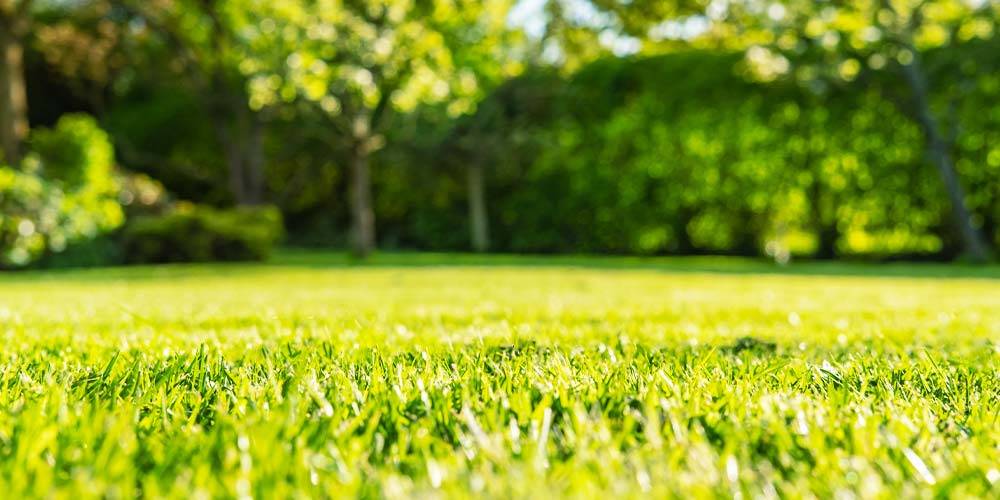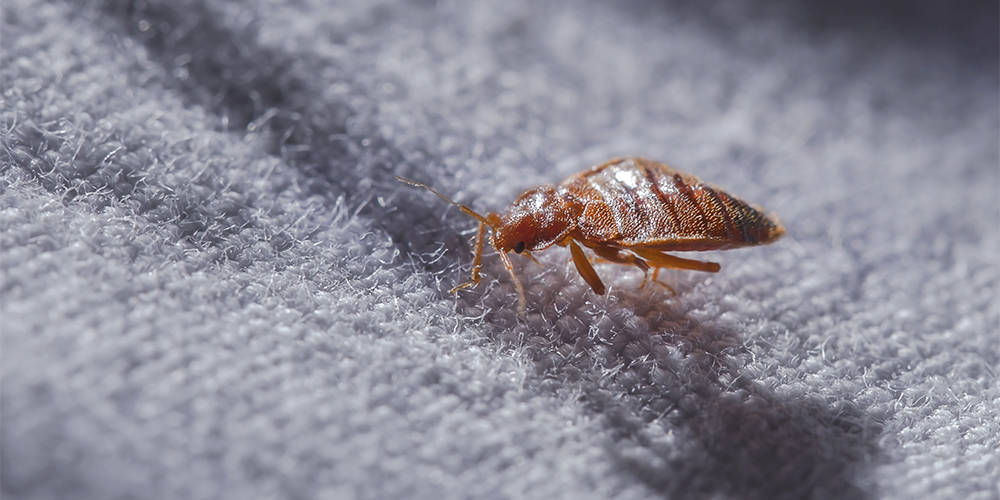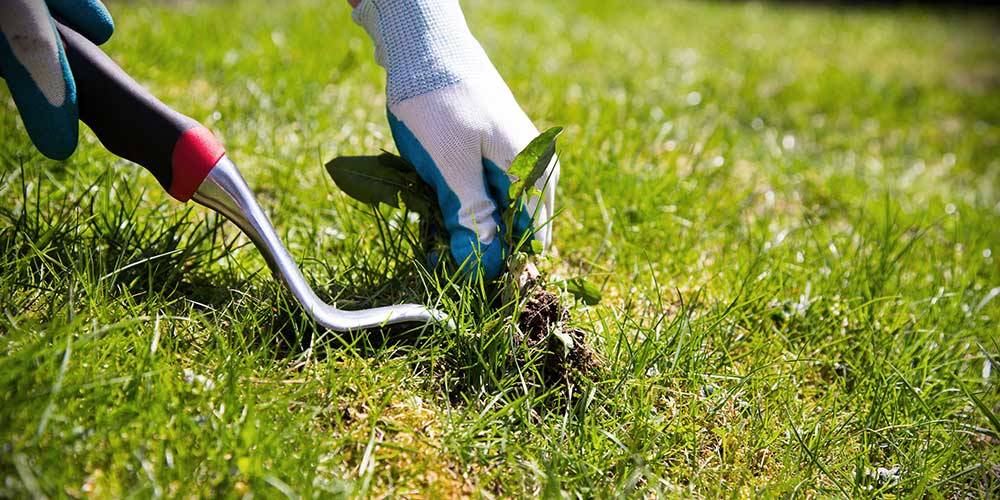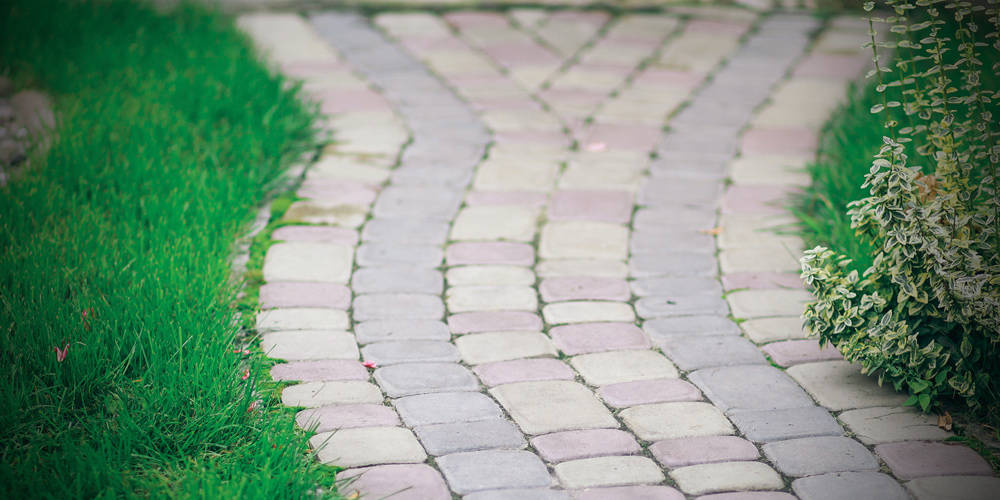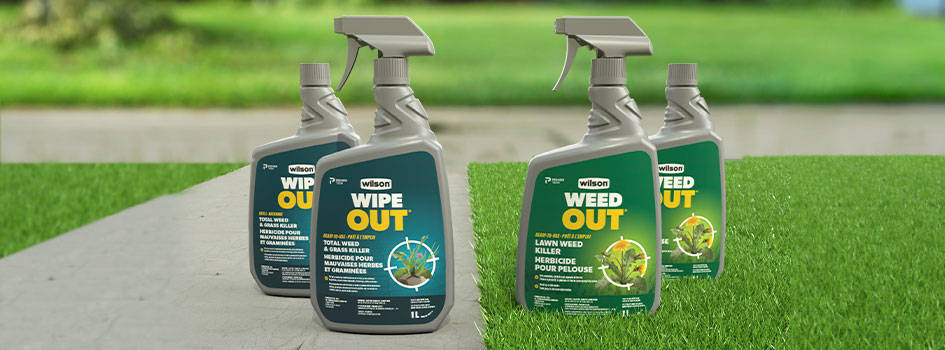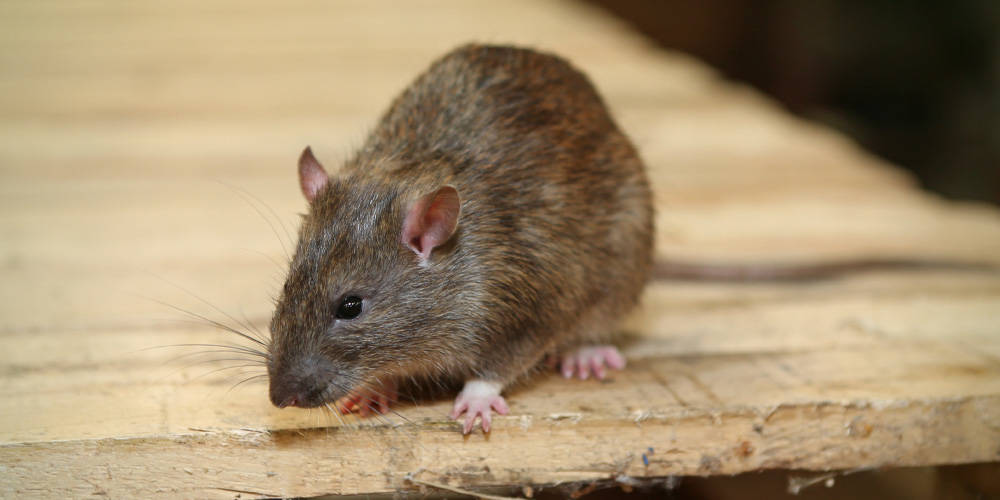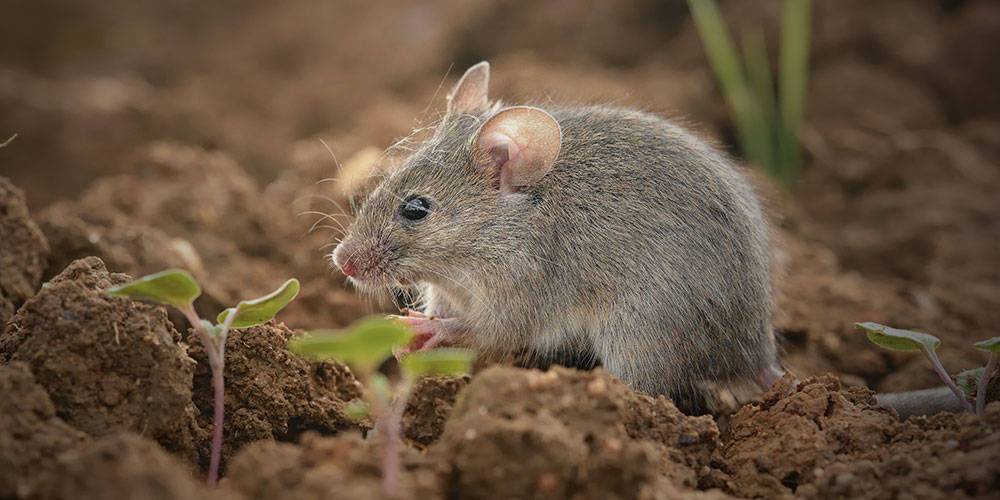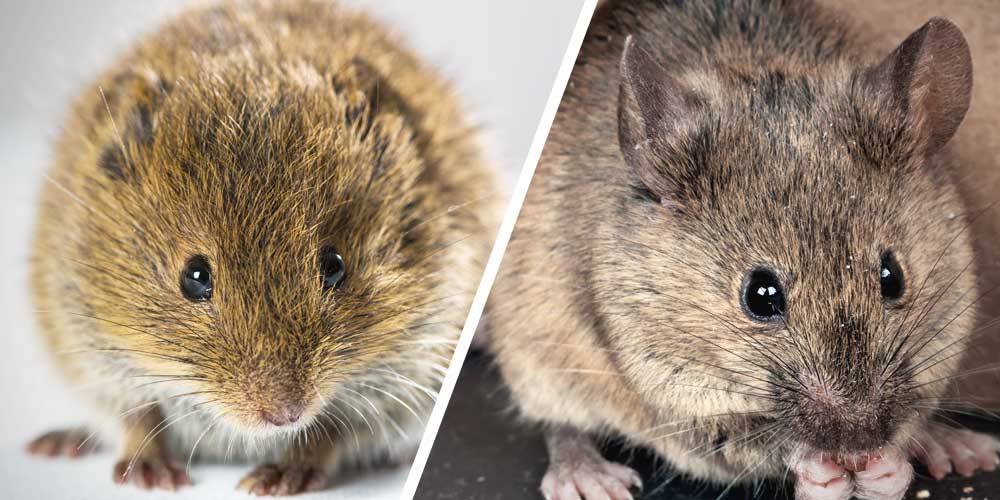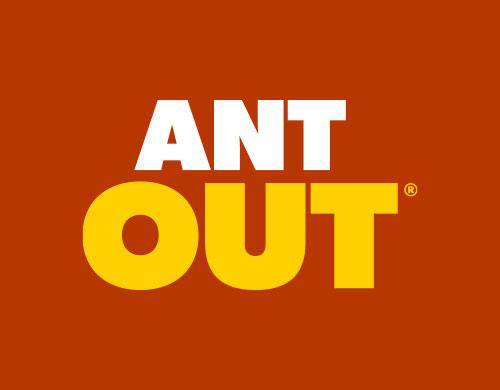Top 8 pests in the garden
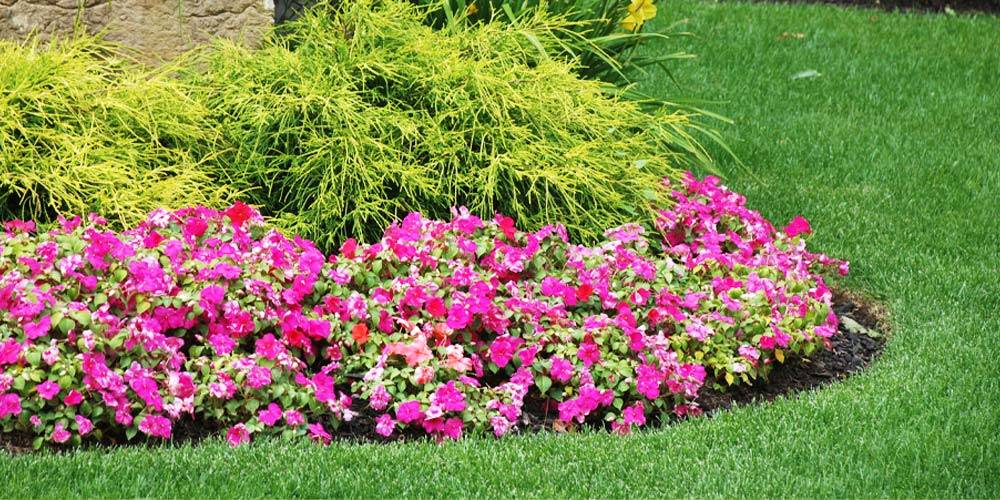
As a gardener, knowing how to identify the pests that might invade your lawn and garden is essential. Here are 8 destructive insects you should keep an eye on as well as our best tips to eliminate them.
1. Caterpillars or how to get rid of leaf-eating insects
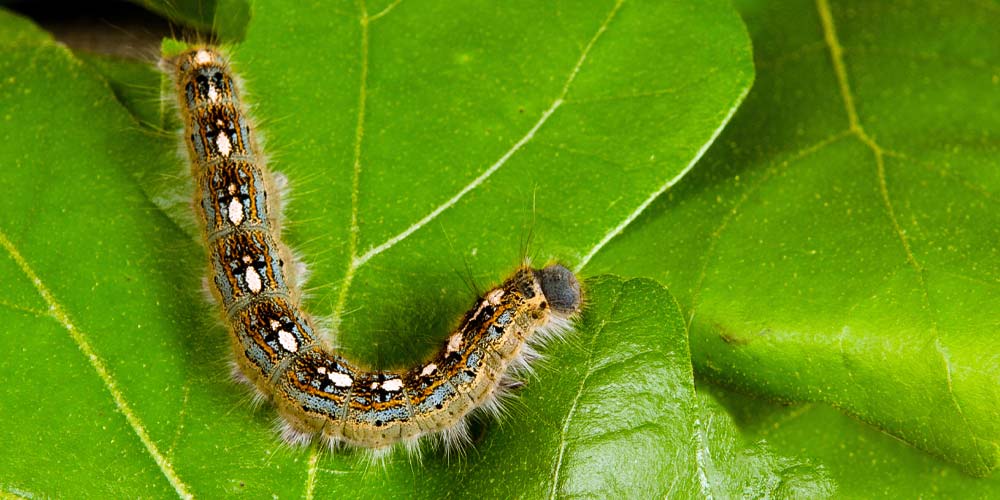
The larvae of caterpillars are soft. As soon as they come out their egg, their ultimate goal is to feed. They are herbivorous and feed on the leaves and stems of the host plant. They also create tunnels in fruits. The bigger they get, the more they eat.
Although they can cause significant damage before turning into butterflies (their silk shelter contains a whole colony), the damage is usually mostly aesthetic.
Caterpillars prefer fruit or ornamental trees, especially the smaller ones. The most effective way to eliminate them is handpicking. You can also destroy the nest (tent) by cutting the branch on which it was built and discarding it. Burning a nest using a torch is not recommended as it is risky.
If you couldn’t eliminate the caterpillars while they were in their tent, you can use BUG-X® OUTTM Insecticide-Miticide with 50% Malathion. It can safely be applied on vegetables, fruits, flowers, ornamental plants, trees and shrubs.
2. How to eliminate aphids
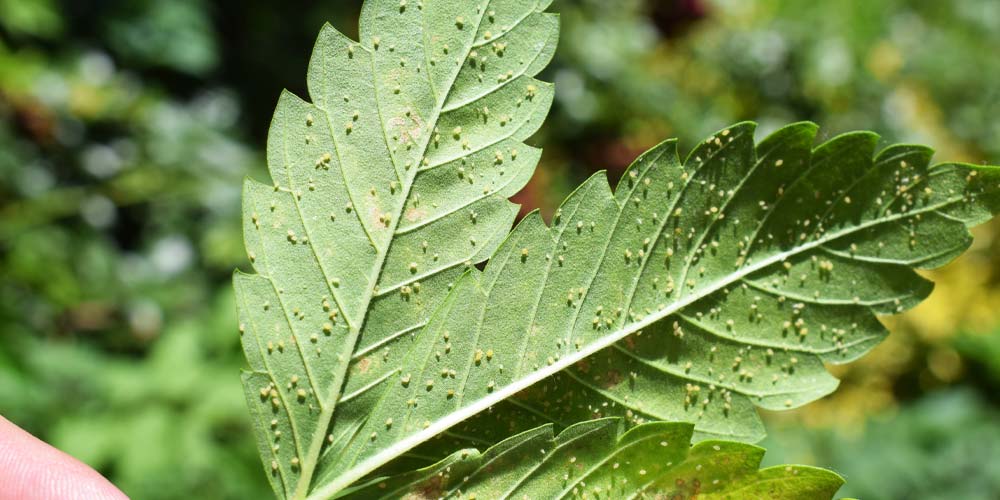
Aphids are small, soft-bodied, pear-shaped insects. They can be green, brown, yellow, red or black. They live on a multitude of plant species and can be found on the roots, bark, stems, leaves and fruits. They feed on sap, which deforms the foliage and causes the leaves to fall.
Sometimes, a strong blast of water is sufficient to eliminate aphids. You can also use Wilson BUG-X® OUTTM Insecticidal Soap. Apply each week until the infestation is under control.
3. Sod webworm: a dreaded enemy
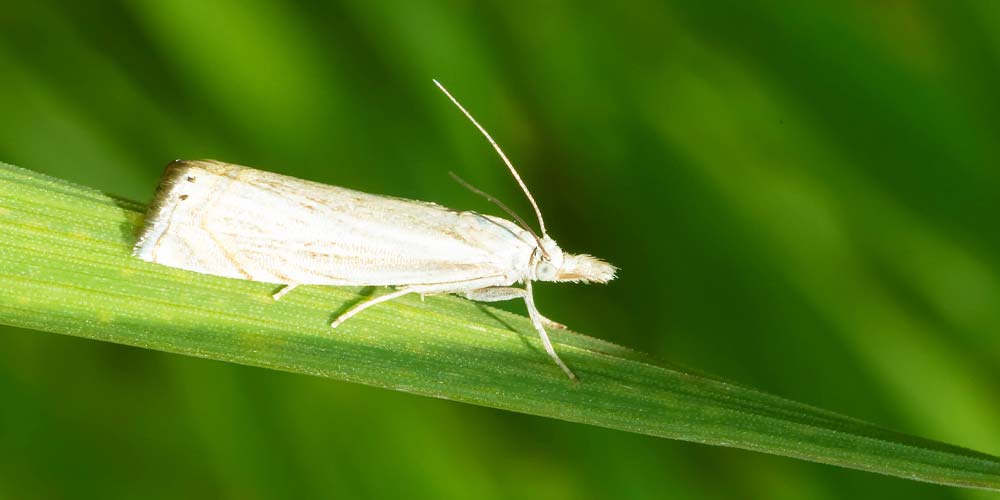
Sod webworms are highly attracted to lawns. As larvae, they feed on the base of grass blades, destroying whole patches.
You’ll seldom see sod webworms during the day, as they hide and only come out at night. Once mature, they transform into small moths and stop damaging lawns. But the damage is done and the cycle will start again when they lay their eggs.
There is no real preventive treatment, although dethatching and aerating your lawn in the spring might help. As soon as you notice signs of an infestation, treat your lawn using GRUB OUT® Nematodes.
4. Slugs in the garden: why we hate them so much
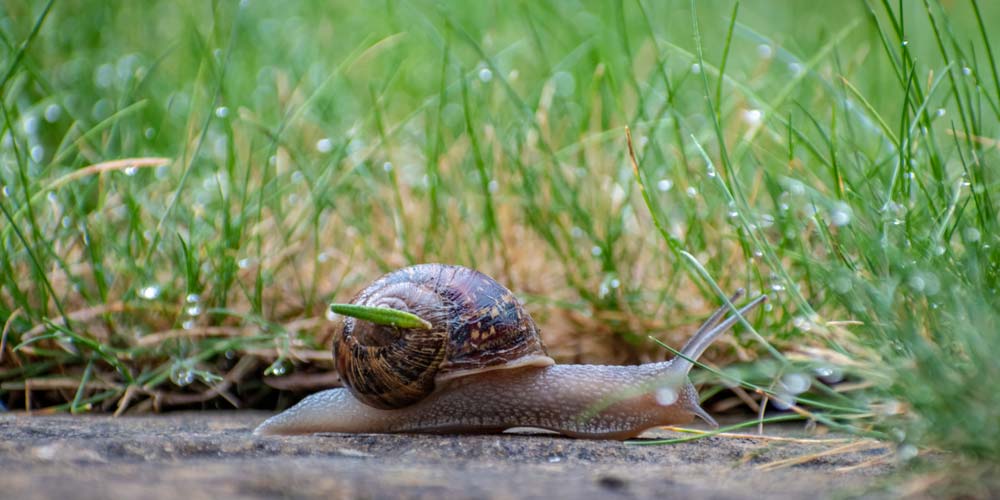
Those voracious feeders choose lawns and gardens as they are usually well irrigated and watered. Slugs and snails have a preference for gardens, where they can hide from the sun and feed on tender leaves. Those nocturnal critters won’t hesitate to destroy newly germinated seedlings.
Sprinkle sand, sawdust, ashes or crushed egg shells at the base of your plants. Such materials irritate the body of slugs and snails and keep them at bay. The old technique of using shallow containers containing a little beer to drown slugs is double-edged. The slugs will drown, but the beer is likely to attract your neighbour’s slugs too!
5. How to eliminate Japanese beetles
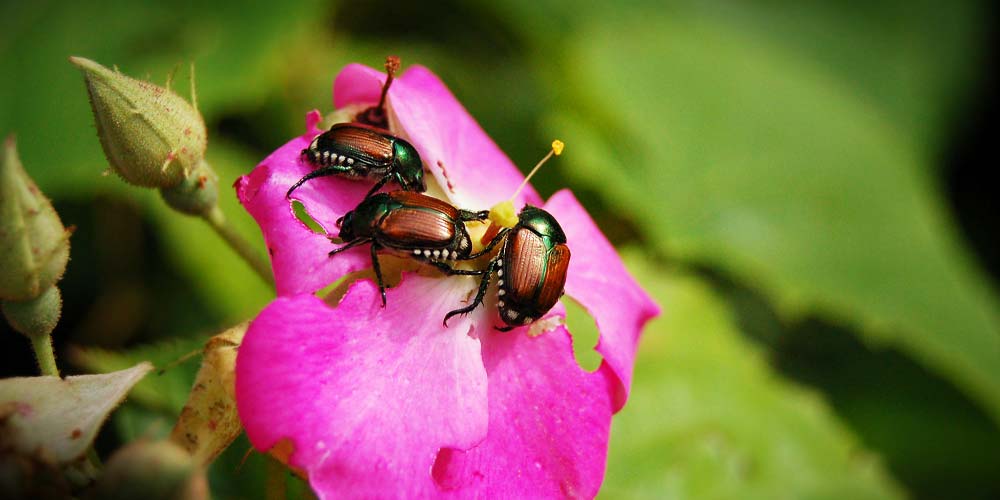
The larvae of Japanese beetles are commonly called white grubs. They’re a real affliction for lawns as they feed on grass roots. They’re among the most destructive lawn pests in Canada. The presence of white grubs attracts raccoons, skunks and birds, which damage your lawn to find and eat them.
Once mature, Japanese beetles are recognizable by their metallic brown and green shell. At this stage, they attack over 250 plant species by feeding on the leaves and flowers.
Handpicking is the best way to eliminate them, but you can also use our Japanese Beetle Trap. It uses a dual lure which helps to catch up to 5 times more insects than a regular floral lure.
Good news: a natural predator has appeared over the last few years. To learn more, read our article A predator of the Japanese beetle.
OUR TIP Learn how to prevent or treat a white grub infestation by reading the following article How to get rid of grubs.
6. How to identify beetles
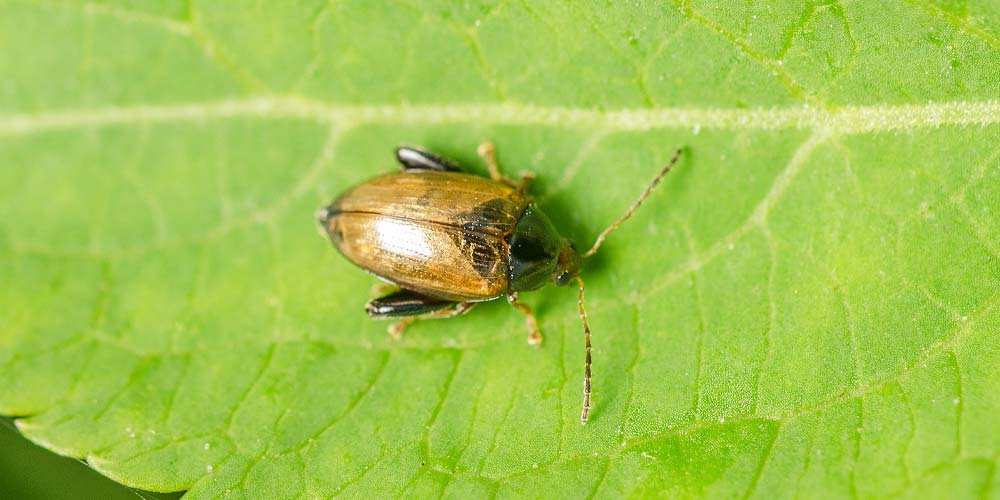
Beetles have the ability to jump like fleas. The larvae feed on plant roots while adults create a multitude of tiny round holes in leaves.
Baking soda and diatomaceous earth can eliminate beetles naturally by causing dehydration. For a larger infestation or quick results, use BUG-X® OUTTM Insecticide-Miticide with 50% Malathion.
7. Thrips: tiny but tough
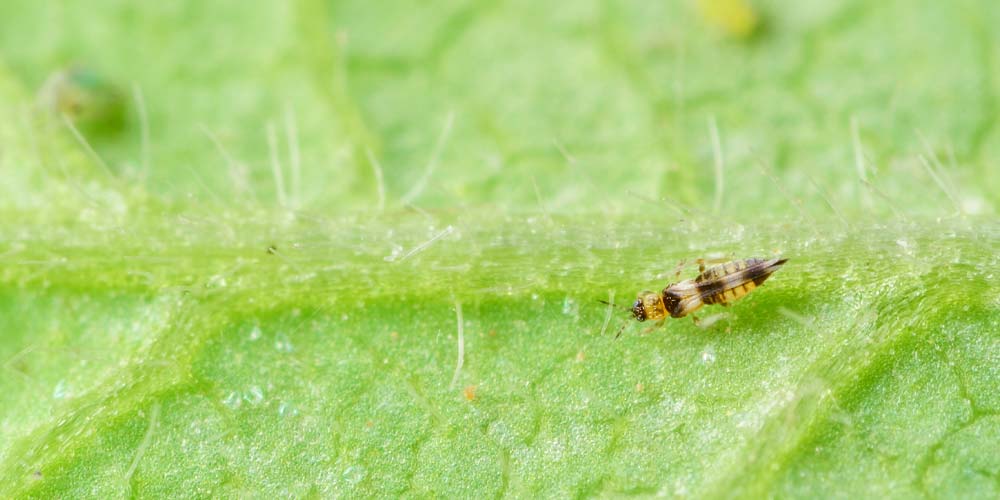
Thrips are tiny insects with flat, elongated bodies that parasitize many plants. They are 1 to 2 millimetres long and bite plants to feed on their chlorophyll. Their presence is noticed when the affected part of the plant turns grey or white, or becomes discoloured. Generally, leafy plants or thin petals are a target.
To treat an infestation, remove all damaged leaves and then use an adequate product such as Wilson BUG-X® OUTTM Insecticidal Soap. To make your own natural insecticide to treat thrips, bring about 10 garlic cloves to a boil and let soak for 4 hours. Add 2 tablespoons of black soap and apply onto the plant using a sprayer. Repeat at least 3 or 4 days in a row.
8. When cutworms threaten your garden
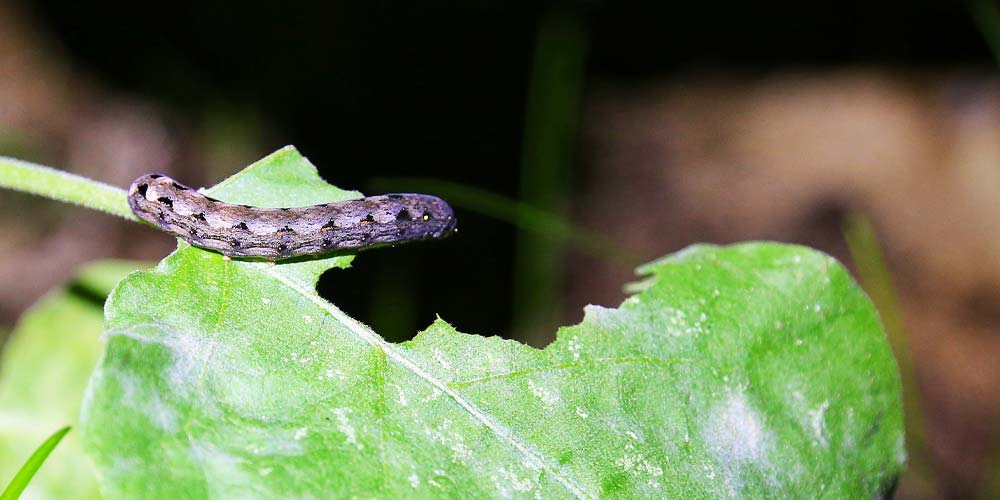
Biologically speaking, cutworms are not worms, but caterpillars. They will turn into moths at the adult stage. There are two types of moth caterpillars: those that feed on leaves, flowers and fruits, and those that live on the ground. The first type will cause small, irregular holes or nicks in your plants, while the second feeds on young stems and roots, which very often causes the plants to die.
Getting rid of cutworms with insecticidal soap isn’t an easy task. The most effective solution remains Wilson GRUB OUT® Nematodes.
OUR TIP The stems of young tomato plants can be protected by wrapping their base with newspaper (2 to 3 inches in width). Leave a section in the ground and the other above ground. You can also plant more developed plants that will resist cutworms. For more tips, read our article How to treat cutworms in the vegetable garden.
